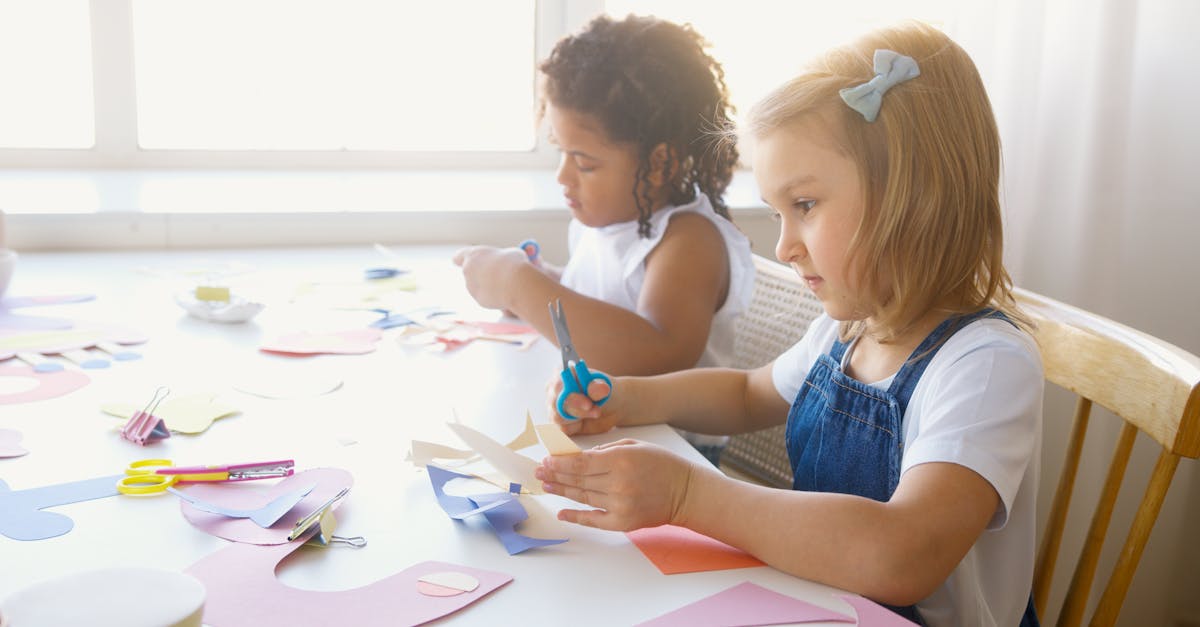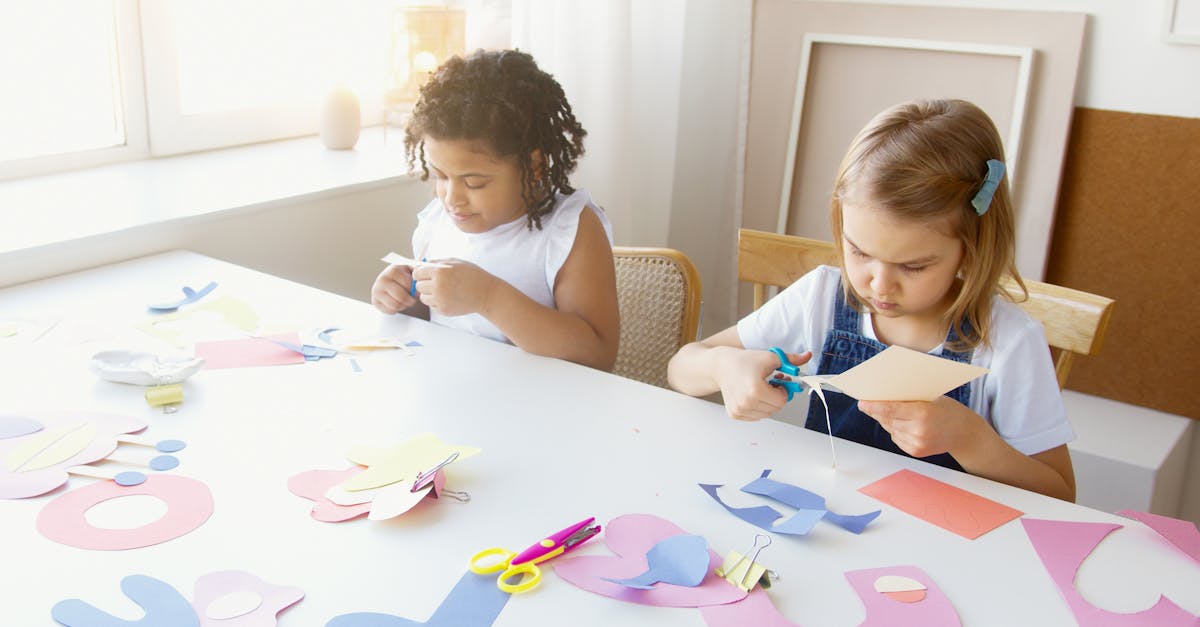Teaching with Stories
Preschoolers have the miraculous ability to absorb stories like tiny sponges in a rainstorm. By harnessing engaging Bible stories, you can gently introduce them to the powerful idea of healing. No, we’re not talking about bandaids and boo-boos—think more profound healing that stems from compassion and understanding.
Well-Loved Tales to Consider
- The Good Samaritan – A story to show kindness.
- Moses and the Burning Bush – Illustrates divine guidance.
These stories not only capture their imagination but also plant seeds of empathy and hope. Just remember to keep visual aids handy—preschool minds love colorful cues!

Exploring Compassion
Compassion is a cornerstone of biblical teachings, and it’s best taught early. Use examples from stories like Jesus Healing Lepers to describe compassion that knows no bounds.
Children learn differently, often needing concrete examples. Here are some effective ways to teach compassion:
- Create scenarios or role-play exercises for real-life practice.
- Ask them how they’d help a friend who’s sad.
Remember when young Timmy insisted on sharing his lunch with the neighbor’s cat, convinced it was starving? That’s compassion in action too—let it flourish with storytelling and playful interactions.

Heavenly Patience
Patience is indeed a virtue—a dry fact only grown-ups cherish. But for preschoolers, patience can be illustrated through characters like Noah, who waited for rain. In a fast-paced world of cartoons and instant results, it’s crucial to teach them that there’s beauty in waiting.
One effective way to convey this message is through crafts and story reenactments. For example, you could:
- Reenact the rain waiting game with pretend clouds
- Create crafts that symbolize waiting
- Share stories that highlight the value of patience
Kids will derive much joy from these activities and will start understanding patience’s role in personal growth and healing. It’s a valuable lesson in waiting with faith—much like how you wait for your cookies to bake.

The Power of Forgiveness
Forgiveness is a powerful form of self-healing and personal development. Let’s look at stories like ‘Joseph and His Brothers’ to illustrate the concept of forgiveness. Infusing forgiveness in storytelling allows kids to relate and understand that mistakes happen.
Creative Approaches to Teaching Forgiveness
- Create art projects where kids draw out emotions and actions linked to forgiving others.
- Consider a ‘forgiveness tree’ with thumbprint leaves representing every act of letting go.
- Remember your patience, especially when you apologize for eating the last cookie from the jar. It’s the perfect blend of humor and a heartfelt lesson.
Forgiveness not only helps in personal growth but also strengthens relationships and builds a supportive community.

Little Acts of Kindness
Affectionate acts such as sharing and helping can heal the world, one little act at a time. Through the tale of ‘The Feeding of the 5,000’, preschoolers learn that sharing magnifies blessings. Encourage them to mimic these acts through daily routines.
Ways to Encourage Kindness
- Start a ‘kindness jar’, where each good deed earns a marble or sticker.
- Create opportunities for your child to share their belongings or help others.
Your home will buzz with tiny acts of healing affection. You’ll likely hear stories about the time your toddler gave their favorite sticker to a friend. Those are heartwarming moments of extremely effective preschool compassion.

Inviting Questions and Discussions
Fostering a curious mind is ideal for deepening connections with children. Encourage questioning and engaging in dialogues about Bible stories’ morals and values. An open-dialogue setting is conducive for exploring faith and understanding healing at a basic yet impactful level.
Ask questions like, ‘What would you do in Jesus’ situation?’ to promote critical thinking. Remind them of times you let them choose their bedtime story, emphasizing the value of choice and dialogue. These discussions offer healing platforms, guiding them toward emotional intelligence and empathy.

